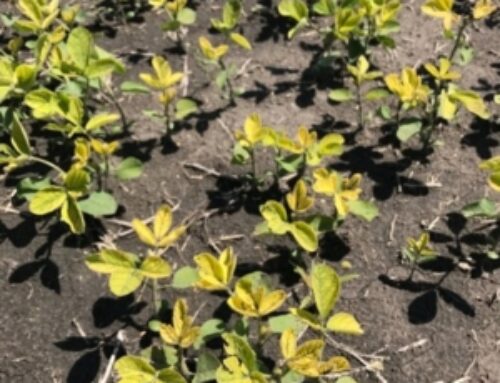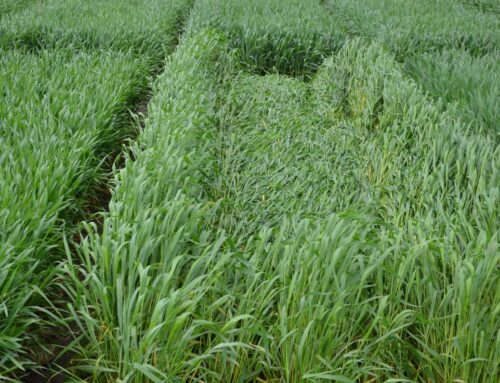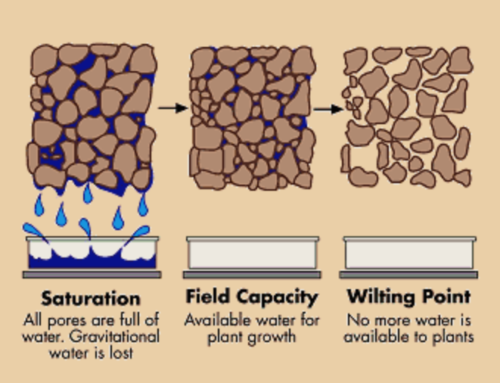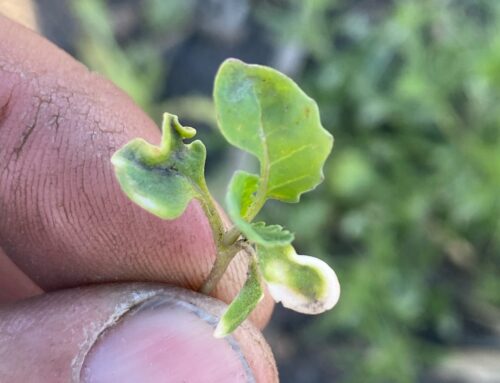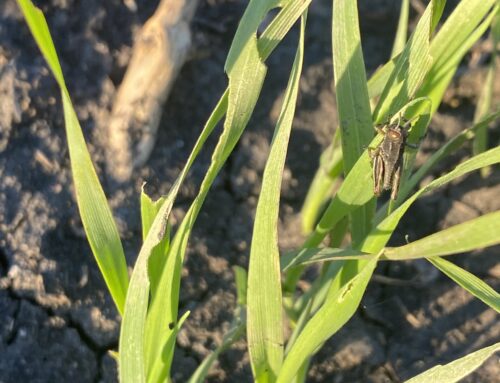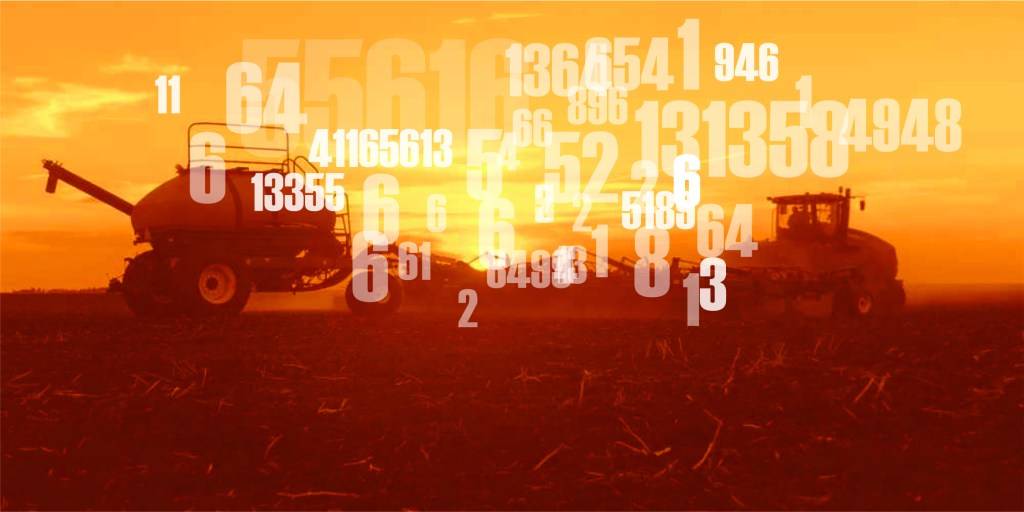
Everyone has heard some form of the famous business quote, “If you don’t measure it, you can’t manage it”. By now most farm managers have also probably heard of the 5% rule for improving farm profitability. A rule made famous by a number of farm management guru’s like former Texas A&M Professor Danny Kleinfelter and Saskatchewan farmer Kristjan Hebert. Danny’s research shows all that separates the top 25% best managed farms from the rest is only 5%. He states or summarizes the 5% rule this way:
“A 5% increase in price received, a 5% decrease in costs, and a 5% increase in yield will often produce more than a 100% increase in net returns. The effect is cumulative, multiplicative and compounding.”
http://ageconmt.com/five-percent-rule/
If we were to apply this thinking to the following profitability equation using $10 canola, with an average yield of 50 bu and costs of $400/ac for simplicity: an extra $0.50/bu, 2.5bu/ac and $20/ac less cost would add $82/ac to your bottom line.
Profit= (Price x Yield)-Expenses.
| Canola Price ($/bu) | $ 12.00 | $ 12.60 |
| Yield (bu/ac) | 50 | 52.5 |
| Gross Return($/ac) | $ 600.00 | $ 661.50 |
| Toral costs ($/ac) | $ 400.00 | $ 380.00 |
| Net Return ($/ac) | $ 200.00 | $ 281.50 |
This is the kind of attention to detail you must pay if you want to maximize profitability. Throughout my career as an agronomist I have observed producers that seem to be 2 weeks ahead of everyone else and some that are always 2 weeks behind. While there are exceptions to every rule, generally the sooner we can get a crop growing, the better our chances of success.
Knowing your numbers and having a solid plan puts you as a manager in the driver’s seat. Knowing your numbers also helps you execute because you can make better decisions. Field activities are completed in a timely fashion where timing is everything. It gives you more freedom to take a proactive approach vs a reactive one. The ability to make better decisions will free up a manager’s time to focus on other aspect of the business or life. This ultimately reduces undue stress and fatigue.
Once you know your numbers, you know how good you are. You can track progress year over year which is already a big thing. but you are still only comparing yourself against your self. It’s by comparing ourselves to others that we can really get a feel for how good we are versus how good we could be and it can also give us an idea of how we can get there. Benchmarking your operations against others is the best way to challenge yourself to be better. In its simplest form, benchmarking is borrowing the good ideas of others.
There are numerous farm benchmarking groups operating across Western Canada today. Typically they are more likely to focus on farm financials because variable weather and growing environments make agronomy benchmarking difficult across wide geographies. With any farm benchmarking, it’s important to find a group with similar sized operations preferably covering a small geography to best compare apples to apples (See our previous blog post titled “The Big Problem with Big Data in Agriculture”).
Many insights can be gleaned off a few basic pieces of agronomy info included in your seeding info, soil tests and yield data. We can start to compare the effects of seeding dates, fertilizer practices, varieties, etc. on final yields. Fertility benchmarks like nitrogen use efficiency, optimal placement and timing help you figure out how to optimize your input dollars and yields.
Farm managers today face increasingly difficult decisions as operations grow and margins tighten. Knowing your numbers helps you make better decisions that ultimately reduce the stress and fear of making a costly mistake. Participating in a benchmarking group or even simply hiring professionals to your team can give you broader perspectives, help you make better decisions and realize your goals.



